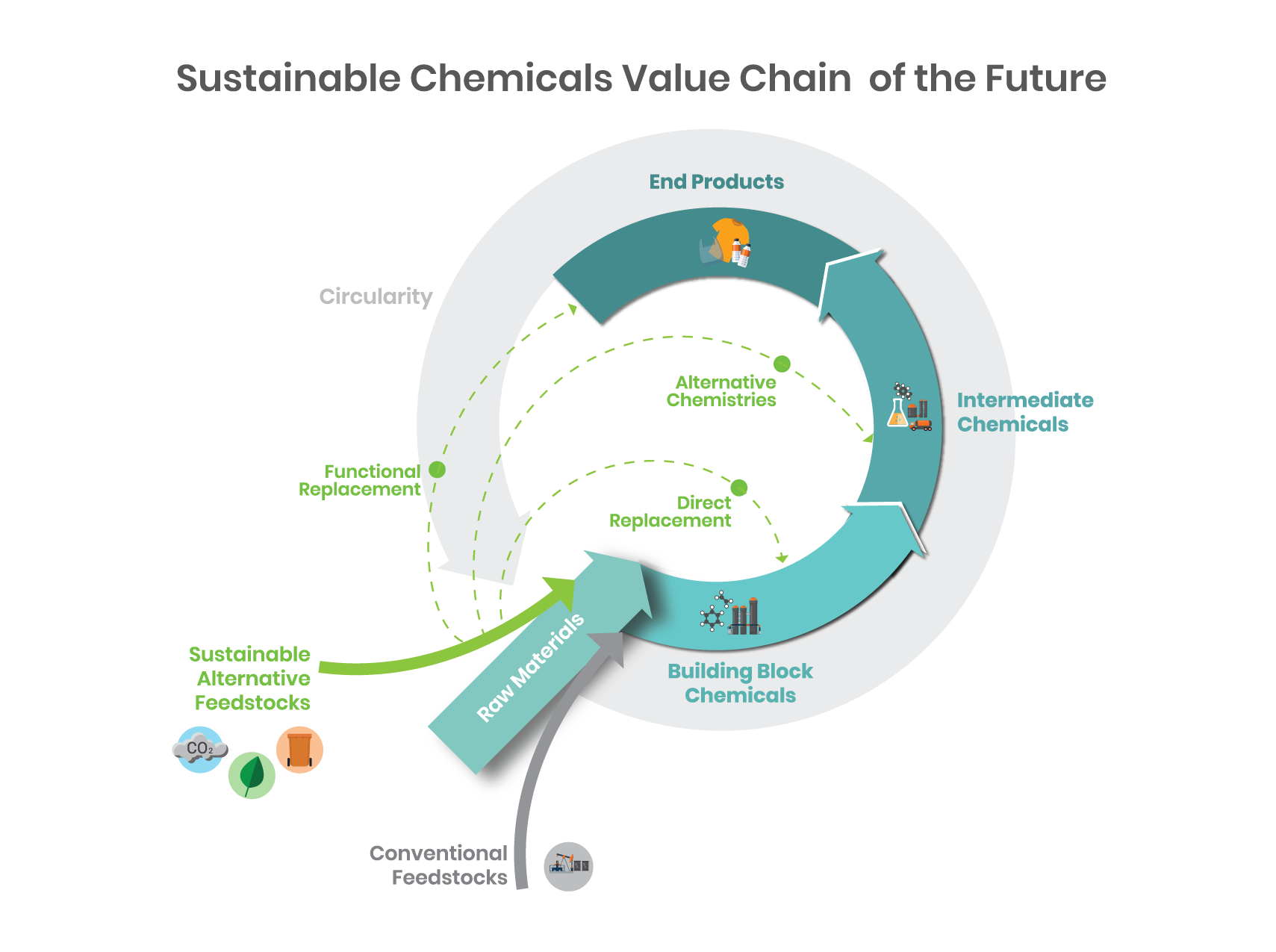Secret Factors To Consider for Selecting the Right Chemical Products to Accomplish Efficient Integrated Solutions in Your Workflow
Choosing the appropriate chemical products for integrated options in procedures calls for a complex approach that incorporates numerous essential factors to consider. From examining chemical compatibility to making sure adherence to governing standards, each factor plays an essential function in maximizing operational effectiveness and security. Examining environmental influences and vendor reliability can not be neglected in this detailed decision-making process. As companies strive to improve their practices, the interplay of these components increases crucial questions concerning ideal methods and possible challenges that warrant additional expedition.
Comprehending Chemical Compatibility

To review compatibility, one must take into consideration factors such as the chemical properties of the compounds entailed, including pH, focus, temperature level, and the existence of impurities. Utilizing compatibility charts and databases can provide beneficial understandings into potential communications. Furthermore, conducting small examinations can help determine unpredicted reactions that may not be recorded.
Furthermore, comprehending the ecological conditions in which the chemicals will be saved or utilized is vital. Variables such as moisture, light exposure, and temperature can affect the security and sensitivity of chemical products. By focusing on chemical compatibility throughout the choice procedure, companies can enhance operational effectiveness, minimize the risk of mishaps, and make certain conformity with security methods. Inevitably, an informed approach to chemical compatibility is foundational for maintaining secure and effective functional environments.
Evaluating Regulatory Conformity
In the complex landscape of chemical item choice, assessing regulatory conformity is critical to making certain not only safety but likewise legal adherence. Organizations needs to navigate a myriad of laws, from local and national legislations to global criteria, that control the use, storage, and disposal of chemical compounds. This calls for a complete understanding of applicable laws such as the Occupational Safety and Wellness Administration (OSHA) requirements, the Environmental Protection Company (EPA) standards, and the European Union's Enrollment, Examination, Authorisation and Limitation of Chemicals (REACH)
When selecting chemical items, it is important to verify that distributors give Safety Information Sheets (SDS) that information prospective dangers and dealing with needs. Additionally, businesses ought to confirm that the chemicals adhere to industry-specific laws, which might enforce extra terms. Non-compliance can lead to serious penalties, consisting of fines and operational shutdowns.
Additionally, organizations should stay updated on regulative changes, as non-compliance can emerge from obsolete practices. Establishing a durable conformity method, consisting of normal audits and staff member training, can help ensure adherence to current policies. Eventually, prioritizing regulative conformity not just reduces threat however also enhances the company's track record and functional performance.
Assessing Environmental Impact
Exactly how can companies successfully analyze the ecological effect of chemical products during the option process? A complete assessment requires a multifaceted approach, incorporating data on the life cycle of products, from manufacturing to disposal. Organizations should begin by recognizing the possible hazards connected with each chemical, including poisoning, determination why not try these out in the environment, and bioaccumulation possibility. Utilizing devices such as Safety Information Sheets (SDS) and ecological threat evaluations enables a clearer understanding of these aspects.
In addition, companies can leverage third-party qualifications and eco-labels that show compliance with ecological standards - Chemical Products. Involving with providers who focus on sustainability techniques can additionally improve the choice procedure. It is critical to assess not just the straight results of chemical usage but likewise the indirect effects, such as energy intake and waste generation
Executing life process evaluation (LCA) methods can supply detailed insights right into the ecological footprint of chemical items, highlighting areas for enhancement. By prioritizing openness and collaboration with stakeholders, companies can make informed choices that line up with their sustainability goals while reducing adverse environmental end results. This proactive technique ultimately fosters a much more responsible and eco-conscious operational structure.
Evaluating Cost-Effectiveness
While assessing chemical products for operational usage, organizations must additionally think about cost-effectiveness as a vital aspect in the option process. This includes examining not just the preliminary acquisition price yet also the overall price of possession, that includes aspects such as usage efficiency, upkeep, and disposal costs. Chemical Products. A product that shows up economical upfront may incur greater expenses in power usage or call for even more regular substitute, inevitably impacting the bottom line
In addition, companies should evaluate the potential for price financial savings with maximized solutions that boost efficiency and reduce waste. For circumstances, products that call for reduced application prices or provide faster handling times can cause significant savings over time. It is also important to take into consideration the impact of regulative compliance prices, as non-compliance can lead to fines and raised operational costs.
In addition, organizations must examine the lasting value stemmed from the chemical products, including enhanced quality, increased productivity, and boosted security. A comprehensive cost-effectiveness evaluation equips organizations to make educated decisions that straighten with both their economic objectives and operational objectives, eventually leading to sustainable and link effective practices.
Identifying Supplier Dependability
Vendor reliability is vital when choosing chemical items for procedures, as it straight helpful resources influences both item top quality and operational efficiency. A reputable vendor continually delivers top notch products on time, ensuring that your processes remain continuous.
Next, think about the vendor's history of compliance with guidelines and criteria. A respectable distributor ought to have a durable top quality guarantee program that abides by sector guidelines. In addition, review their ability to supply technological assistance and product info, which is critical for notified decision-making.

Verdict
In final thought, selecting the suitable chemical items for integrated solutions requires a comprehensive analysis of numerous important elements. Comprehending chemical compatibility, making sure regulatory compliance, assessing environmental impacts, assessing cost-effectiveness, and determining reliable vendors jointly contribute to educated decision-making.